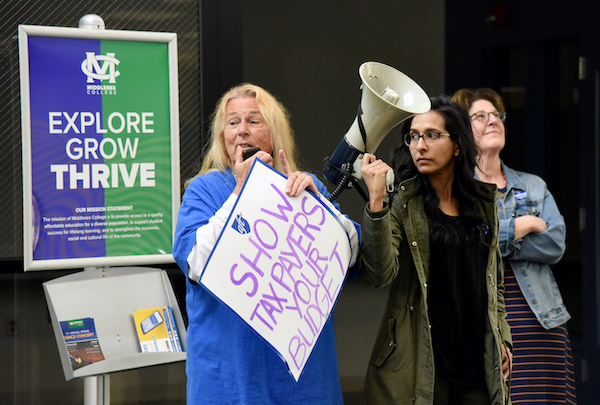By Eric Kelderman
A panel of higher-education leaders outlined for a U.S. Senate committee the ways that states and public colleges are trying to hold down costs and produce a greater number of graduates. At the same time, they asked senators to strengthen the federal government’s role in forcing states to preserve appropriations for public colleges and student financial aid.
The comments came Thursday during a hearing of the U.S. Senate’s Committee on Health, Education, Labor and Pensions.
“Students, families, states, and the federal government all take part in funding a college education,” U.S. Sen. Tom Harkin, Democrat of Iowa and the committee’s chairman, said in his opening remarks. But over the past 30 years, he said, the burden of paying for college has shifted, as the cost of tuition has increased and the state appropriations have decreased.
“States are contributing less while students and their families are shouldering a heavier burden, financed largely through the federal government’s financial-aid programs,”Senator Harkin said.
In their testimony to the committee, the panelists focused largely on state appropriation formulas that reward colleges for performance measures like graduation rates rather than the number of students they enroll—a concept known as “performance-based funding.”
More>>


